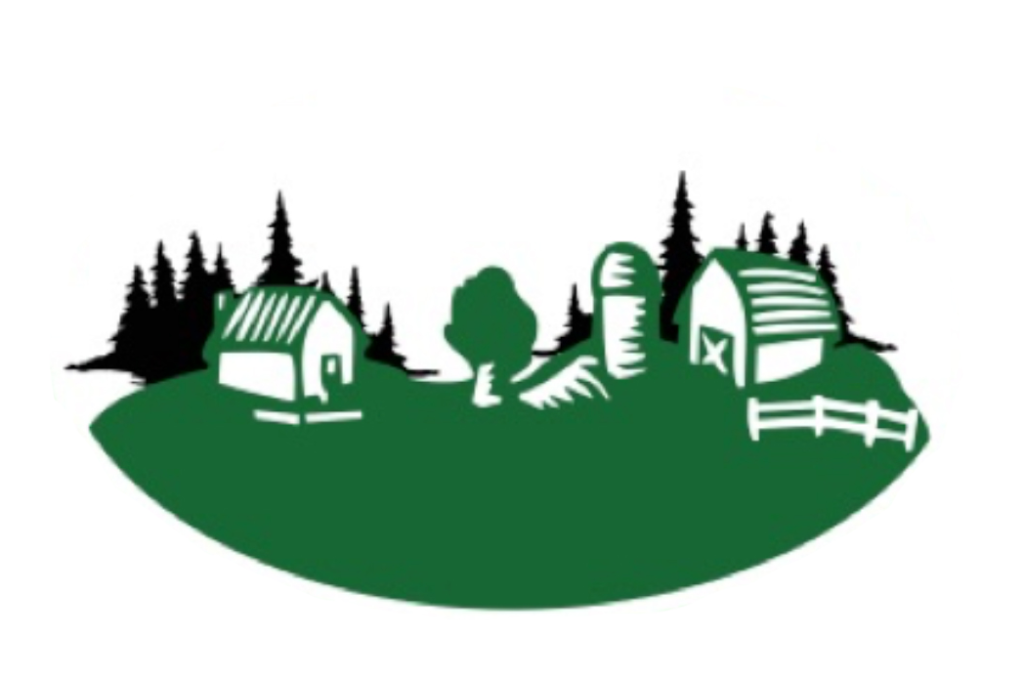We have seen the defining character of many Oregon communities be destroyed because they were unable to make their voices heard. So in 2006 we came together—as landowners and neighbors, as developers, conservationists, and people in the middle—to create a model of limited self-governance recognized by Clackamas County as The Stafford Hamlet.
The Hamlet community solidly supports preserving the Stafford Character, which includes open space, pastoral views, native trees and wildlife, and the Tualatin River and its tributaries. The community feels that growth and development, should it occur in Stafford, must be done thoughtfully, and in a fair and balanced manner that builds a strong, complete community and respects the rights of property owners. This statement expresses the essence of our desire to provide long-term stewardship of the Stafford Hamlet.
Our purpose is not to formulate a plan for development, nor to refuse one. Our purpose is simple but challenging: to unite in crafting meaningful recommendations for change that serve both individual interests and the common good in a manner that is just, fair, and reasonable for all.
Out of a mutual respect for a wide spectrum of opinions, and a firm commitment to finding common goals and interests, the Stafford Hamlet has crafted this Values and Vision Statement to serve as our road map to the future.
The Stafford Hamlet was born out of the idea that change is inevitable, including changing the way we develop.
Vision
Existing infrastructure, including transportation, water, sewer facilities, parks, and schools, is not adequate to accommodate a significant increase in density anywhere in the Hamlet. There are concerns that the Hamlet’s groundwater may be limited, so provision of new sources of drinking water may become a priority for further development here. Provision of adequate facilities must be addressed before significant development occurs.
Clustering, which concentrates development so that open land is preserved without sacrificing economic viability, is a desirable style of development for some parts of the Hamlet. Clustering appears to have the potential to preserve the Stafford Character while still allowing some development.
Values
The needs and desires of individuals, the Stafford community, and the surrounding region are sometimes in conflict. Similarly, economic, social, and environmental goals can be at odds. Our community decisions will strive for a balance between these competing interests, and we will work for common purposes. Competing interests can give rise to synergy and lead to creative solutions. New infrastructure and services should be efficient, costeffective, and installed with minimal disruption; the cost of new services and infrastructure should be apportioned fairly, and development should pay for itself. Different parts of Stafford are suited to different uses; these potential different uses afford us the opportunity to create a Complete Community where people can live, work, and play.
The Tualatin River is a peaceful and scenic stream with some public access. It is a natural corridor for wildlife. Riparian areas and tributaries are essential to river health and wildlife. The river needs to be protected from pollution and excess stormwater runoff. Existing flood plains and natural wetlands function as pollution filters and should not be disturbed.
This Values and Vision Statement declares the core community values of the Stafford Hamlet, as well as general principles for future development, if necessary. The Values and Vision Statement was developed through a consensus process that included 20 neighborhood meetings, several Town Halls, and surveys of the community. This process took place over two years and involved hundreds of community members. In March, 2009, this Values and Vision Statement was approved by 87% of the 225 community members who voted on it.

